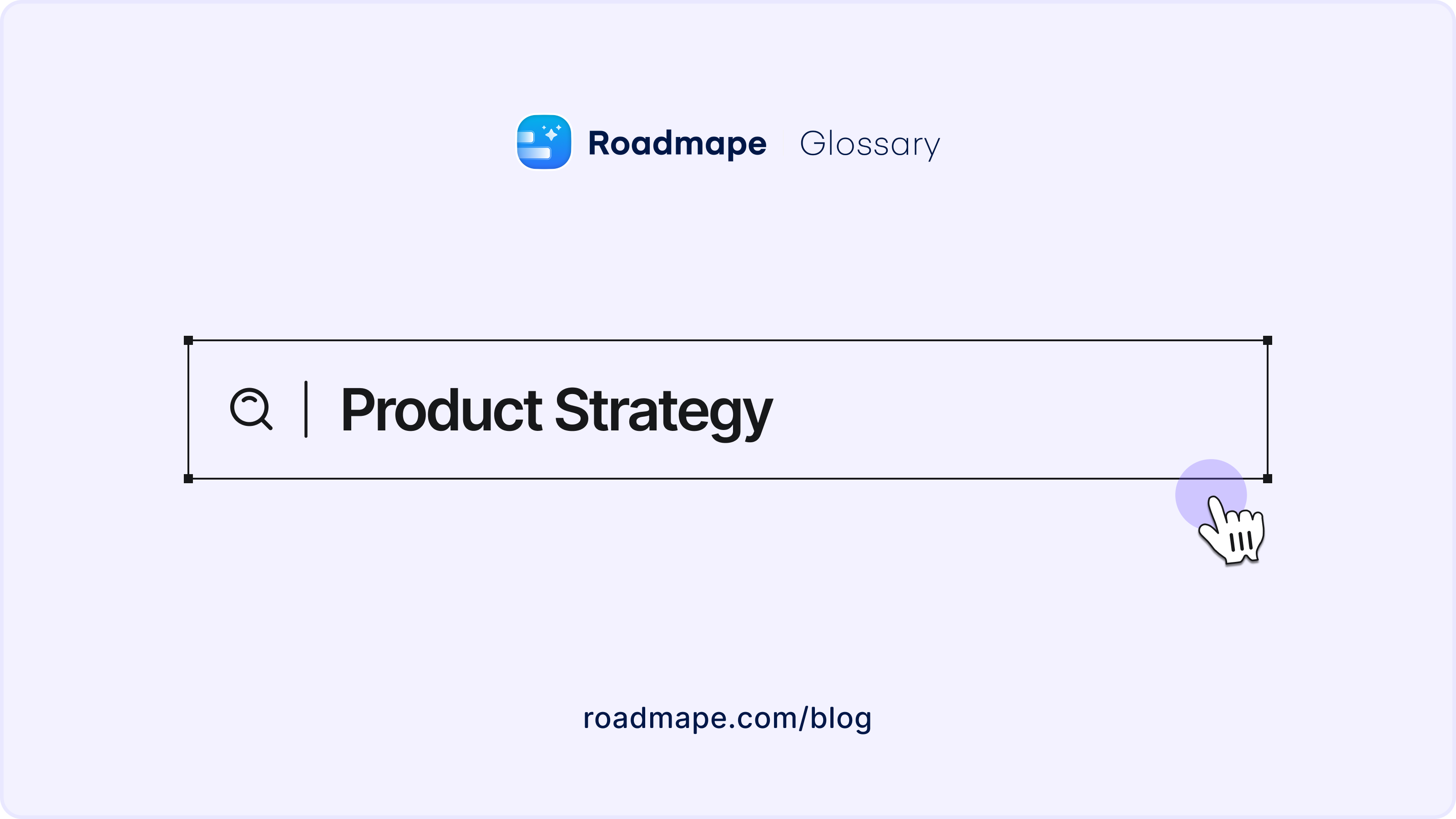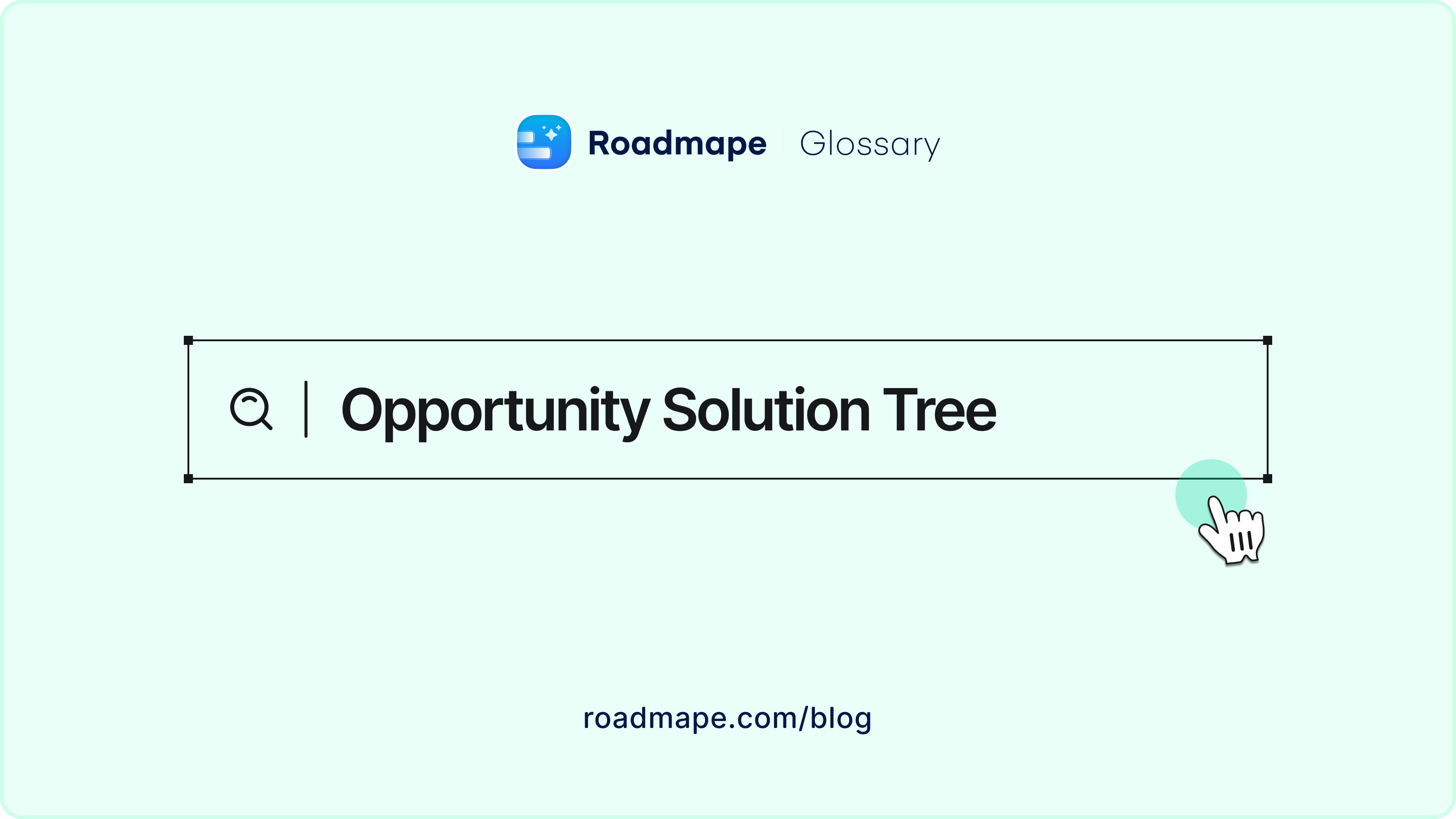What is Product Strategy? The Ultimate Strategy for Business Success
Product Strategy is a fundamental component of product management, forming the backbone of a product's journey from conception to market.

TL;DR:
Product Strategy is a fundamental component of product management, forming the backbone of a product's journey from conception to market. It involves setting clear objectives, identifying target markets, and defining the unique value proposition of the product to outmaneuver competition.
This guide delves into the intricacies of product strategy, providing insights and frameworks to help businesses steer their products towards market success.
Understanding Product Strategy
Product Strategy encompasses the high-level planning and decision-making that aligns a product with the organization's business goals. It's about choosing the battlefields and crafting the plans to win on those fields.
A well-defined product strategy helps businesses prioritize product features, manage resources effectively, and achieve sustainable competitive advantage.
Key Elements of Product Strategy:
- Market Understanding: Knowledge of market needs, customer pain points, and opportunities.
- Vision Alignment: Ensuring the product aligns with the broader corporate vision and goals.
- Differentiation: Establishing a unique selling proposition that sets the product apart from competitors.
- Roadmap Development: Outlining the steps and milestones from development to launch and beyond.
Why is Product Strategy Important?
A robust product strategy serves as a roadmap guiding all functional areas of a company, ensuring that all aspects of the product, from development to marketing, are aligned with the business objectives. It helps to:
- Focus Resources: Prioritize features and allocate resources where they can generate the most value.
- Reduce Risk: Anticipate market changes and adapt strategies in advance to mitigate risks.
- Drive Innovation: Encourage continuous improvement and innovation to meet customer needs effectively.
- Enhance Customer Satisfaction: Align product development with user expectations and market demand.
Developing a Product Strategy
Creating a compelling product strategy involves several steps, each critical to ensuring that the final product meets the market needs and contributes to the company’s success:
- Market Research: Understand the competitive landscape and customer needs.
- Vision and Goals: Define clear, actionable objectives.
- Segmentation and Targeting: Identify and characterize the target audience.
- Positioning: Craft a compelling product message that resonates with the target audience.
- Roadmapping: Plan the development trajectory of the product features and market entry.
Tools and Frameworks
Several tools and frameworks can aid in the development of a product strategy:
SWOT Analysis:
Assess strengths, weaknesses, opportunities, and threats.
Porter’s Five Forces:
Analyze the competitive intensity and attractiveness of a market.
BCG Matrix:
Helps in managing a portfolio of different products.
Value Proposition Canvas:
Focus on solving customer problems and creating value.
Conclusion
Product Strategy is not just about having a roadmap but about adapting and thriving in ever-changing markets. As businesses embark on their journey, understanding and implementing a sound product strategy will be pivotal in navigating challenges and seizing opportunities.
FAQ
1. What is the first step in developing a product strategy?
Begin with thorough market research to understand customer needs and market dynamics.
2. How often should a product strategy be reviewed?
Regularly review and adjust your strategy at least annually or as market conditions change.
3. Can a product strategy evolve over time?
Yes, it should evolve based on feedback and changing market conditions.
4. What is a common mistake in product strategy development?
Failing to align the product strategy with the overall business strategy.
5. How does product differentiation contribute to strategy?
It identifies unique attributes that set the product apart from competitors, adding value for customers.


